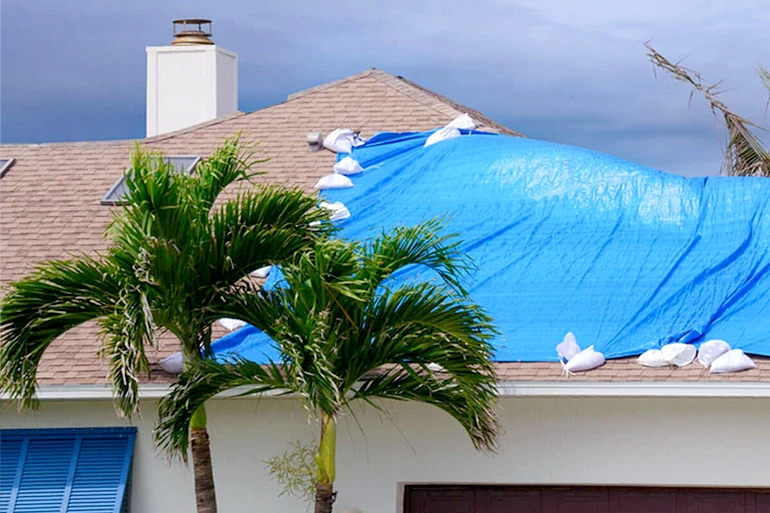Tarps Buyer's Guide
When you think about tarps, you might not realize there is more than just one type. Understanding the number of different materials and models can be overwhelming. So how do you know which is the correct type of tarp for you? For some people that answer is simple; they are simply searching for the tarps for sale. But, did you know that there are differences between the materials? Each material also serves a different purpose for use. It's not quite as easy as choosing between large tarps and small tarps, there is so much more that goes into purchasing the best one to fit your needs. This guide will answer many of the questions we described above and offer you so much more.


